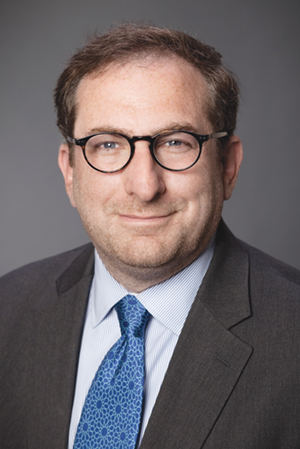While Ontario’s Class Proceedings Act has given more individuals access to justice, several law firms have found themselves ensnared as defendants in class action lawsuits as a result.

The trend is prompting larger firms to revisit their conflict of interest and risk policies to ensure they don’t end up in court as defendants.
“We’re in an age where lawyers or accountants perform work on behalf of an individual client where that work or that service can impact hundreds of thousands of other people beyond the scope of that direct relationship,” says David Thompson of Scarfone Hawkins LLP in Hamilton, Ont.
He’s acting for the plaintiff in the $50-million class action lawsuit listed as Robinson v. Rochester Financial Ltd. that also names Fraser Milner Casgrain LLP as a defendant.
The case has been certified by the Ontario Superior Court of Justice. “I think the court recognized that the professionals are in a position to perhaps influence what type of programs are able to be sold and marketed and our allegation is, if not for the tax opinion, the case never would have been launched,” Thompson says.
He expects more professionals to face lawsuits in class actions or other types of litigation.
“The current legal landscape has moved towards holding professionals generally more accountable for their actions,” says Thompson.
“I see that trend not in just the class action context, but generally speaking, the courts seem to be more vigilant of protecting the rights of individuals who rely on professionals whether it’s lawyers or accountants or financial advisers.”
The law firm was named as a defendant because it allegedly provided a tax opinion that prompted Rochester Financial to proceed with a charitable gift program. None of the allegations have been proven in court.
According to Thompson, the tax opinion by a major law firm lent credibility to the program, an issue he believes all professions should be aware of in the context of the rising number of class actions.
“I think the class proceeding aspect is compelling in attracting greater liability for professionals which include law firms particularly because of the fact that professionals today are very much relied upon, whether it’s accountants or lawyers, for putting together programs that are available to the general public,” he says.
“People can band together and aggregate their claims and pursue it against the big law firm or accounting firm, whereas in the past it would have been prohibitive to sue a big firm.”
Thompson notes he’s not thrilled about naming another law firm as a defendant but says that after carefully reviewing the case, there was an alleged extension of liability that he believes had to be addressed.
Other law firms that have been named in class action lawsuits include WeirFoulds LLP and Cassels Brock & Blackwell LLP.
Lorne Sossin, dean at Osgoode Hall Law School, has been keeping an eye on the cases. He expects many law firms to revisit their risk assessments as a result.
“The range of scenarios where a law firm can be involved as a defendant or as a co-defendant is very broad, so larger law firms will probably have to revisit their policies about conflict of interest and liability,” he says.
As well, he points out that two significant recent law firm mergers - one involving McMillan LLP and Lang Michener LLP and the other joining Ogilvy Renault LLP with the Norton Rose Group - could entail similar risk issues.
“The conflict issues really come to the fore when you get these mergers of firms of significant size,” Sossin says.
“Both of those raise the issue about how each firm will approach any possible conflicts, especially when you have multiple domestic offices. So if they want to take advantage of economies of scale, this is going to have to be one of the major issues for them.”
Sossin notes he wouldn’t be surprised if there was a conflict between client files that leads to a lawsuit or a class action as a result of law firm mergers.
In terms of the Ogilvy Renault deal with the Norton Rose Group, Sossin says the firms will have to be very careful about any potential conflicts.
“It’s highly unlikely it will prejudice any client but it’s a matter of perception in terms of the potential” for conflicts between the firms, he points out.
“The best approach to avoid liability is to develop a rigorous system of conflict checks and management and implement that in all offices.”
On the issue of class actions, Sossin says law firms are going to be closely watching each case to see what the courts determine with respect to their liability. “At the end of the day, it will take a few judicial decisions to clarify the scope of a lawyer or law firm’s exposure.
It will be very interesting to see the outcome and what this will mean for law firms and their policies in the future.”

 The trend is prompting larger firms to revisit their conflict of interest and risk policies to ensure they don’t end up in court as defendants.
The trend is prompting larger firms to revisit their conflict of interest and risk policies to ensure they don’t end up in court as defendants.